
.jpg)
Emirates Airline is set to enforce a significant new safety regulation starting 1 October 2025, banning the use of power banks on all its flights. While passengers will still be allowed to carry one power bank onboard—provided it is under 100 Watt Hours and properly labeled—they will no longer be able to use or recharge these devices during the flight.
This move comes as part of Emirates' proactive safety measures following a rise in incidents related to lithium battery-powered devices, particularly power banks, across the aviation sector. Power banks, which use lithium-ion or lithium-polymer batteries to recharge smartphones, tablets, laptops, and cameras, pose risks such as 'thermal runaway.' This dangerous phenomenon occurs when a battery overheats uncontrollably, potentially leading to fires, explosions, or toxic gas emissions.
Specifically, Emirates' updated rules mandate:
The airline explains that while many modern devices have internal protections to prevent overcharging, many basic power banks do not, increasing safety risks. By requiring power banks to be stowed within easy reach of cabin crew, Emirates aims to enable swift response to any battery-related fire emergencies.
Passengers familiar with Emirates' long-haul service have expressed understanding and acceptance of the new rules, recognizing safety as the overriding priority. The airline continues its commitment to maintaining high safety standards by adapting policies in response to evolving risks associated with portable electronic devices.
This comprehensive safety update aligns Emirates with industry trends addressing lithium battery hazards, reflecting a growing aviation focus on mitigating in-flight fire risks linked to personal electronic accessories.
.jpg)
In a bid to strengthen the safety and security of visa applicants’ passports and documents, the US Embassy in New Delhi announced a significant change starting August 1, 2025. The embassy will no longer permit third-party or representative collection of passports. From now on, applicants must personally collect their passports and related documents.
This new policy is designed to ensure that sensitive travel documents stay in the rightful owners’ possession and reduce the risk of fraud or loss. For applicants under 18 years old, a parent or legal guardian must collect the passport on their behalf. Crucially, the embassy requires an original consent letter signed by both parents, and explicitly stated that scanned or emailed copies will not be accepted for any reason.
To provide greater convenience alongside the new rules, the embassy is introducing a paid home or office delivery service. For a nominal fee of ₹1,200 per applicant, visa holders can have their passports delivered directly to their preferred address. This option can be selected by updating document delivery preferences online.
Applicants wishing to switch to the delivery service should:
If applicants encounter any technical problems while updating their preferences, they are encouraged to use the "Feedback/Requests" option in their profile, including a screenshot of any error message and details of their preferred delivery address.
By enforcing in-person collection and offering reliable delivery alternatives, the US Embassy aims to enhance document security while maintaining flexibility for applicants across India.

Dubai Saudi Arabia’s General Directorate of Passports has unveiled a 60-day grace period allowing visitors with expired visit visas to leave the country legally without facing penalties. The initiative, which took effect on July 26, 2025 (1 Safar 1447 AH), applies to all categories of visit visas, including tourist, family, business, Umrah, and transit visas that have expired.
This window offers a final opportunity for eligible visitors to extend their visas solely for the purpose of a lawful exit from the Kingdom. Visitors are urged to settle any outstanding fines or fees through official channels using the “Sadad” payment system before completing the visa extension and departure process.

The move reflects Saudi Arabia’s ongoing commitment to providing flexible, humanitarian, and administrative solutions to residency violations, aiming to facilitate smooth and compliant departures for overstaying visitors without imposing additional burdens. Authorities called on affected individuals to act promptly within the 60-day timeframe to avoid legal repercussions and regularize their status through organized procedures.
This significant extension builds upon an earlier 30-day grace period initiated in June 2025, reinforcing the Kingdom’s efforts to streamline residency compliance amid growing travel demands. Visitors must use the Ministry of Interior’s “Absher” platform to apply for the extension and finalize their exit arrangements within the designated period. Failure to comply may result in fines or legal consequences.
This updated grace period is expected to alleviate pressure on both visitors and authorities, promoting orderly exits and maintaining Saudi Arabia’s image as a visitor-friendly destination.

In a significant step towards digital transformation in travel, the Government of India has launched the e-Passport service, enabling applicants nationwide to obtain this advanced travel document. Launched on a pilot basis from April 1, 2024, the e-Passport initiative is a key highlight of the Passport Seva Program (PSP) 2.0, reflecting India’s commitment to upgrading citizen services through technology.
What sets the e-Passport apart is its integration of a Radio Frequency Identification (RFID) chip and antenna embedded within the passport cover. This chip securely stores the holder’s biometric data including fingerprints, high-resolution facial images, and iris scans as well as personal details like name, date of birth, and passport number. This digital encoding, protected by advanced encryption and security protocols such as Basic Access Control (BAC), Passive Authentication, and Extended Access Control (EAC), makes e-Passports far more secure than traditional passports, virtually eliminating the possibility of forgery and tampering.
Distinguishable by a unique gold-colored emblem beneath the front cover, the e-Passport adheres to global standards set by the International Civil Aviation Organization (ICAO), ensuring global interoperability and acceptance. This compliance also enables faster, automated immigration clearance through e-gates at airports, greatly reducing wait times and enhancing travel convenience.
Currently, several Regional Passport Offices across India including Nagpur, Bhubaneswar, Jammu, Goa, Shimla, Raipur, Amritsar, Jaipur, Chennai, Hyderabad, Surat, and Ranchi are equipped to issue e-Passports. Citizens can apply via the official Passport Seva portal by registering or logging in, filling out the e-Passport application form, selecting a Passport Seva Kendra (PSK) or Post Office PSK close to them, paying the applicable fees, and scheduling an appointment. On the day of the appointment, biometric data is collected, and documents are verified to complete the issuance process.
Beyond enhanced security and streamlined border processing, the e-Passport protects personal data through encrypted biometrics, supports digital verification to maintain data integrity over the passport’s lifespan, and eliminates printing of residential addresses in the physical document, safeguarding privacy by restricting access to sensitive information to authorized officials only.
This rollout is part of a phased national implementation with expectations that by mid-2025, most new passports issued will be electronic, marking India’s stride toward a ‘Viksit Bharat’ vision of technologically empowered services for all citizens.
With the e-Passport, India joins over 120 countries offering biometric passports that blend traditional document reliability with cutting-edge digital security, substantially enhancing the safety, convenience, and global acceptance of Indian travel documents.

As of mid-2025, the landscape of international mobility is more competitive than ever, as highlighted by the latest Henley Passport Index. This year's report underscores the impact of expanding visa-waiver programs, evolving geopolitical dynamics, and proactive diplomatic efforts on global travel freedom.
The global average passport allows access to 109 destinations, but the most powerful passports offer far greater advantages. Based on Henley’s July 2025 findings, the following countries boast the highest-ranking passports:
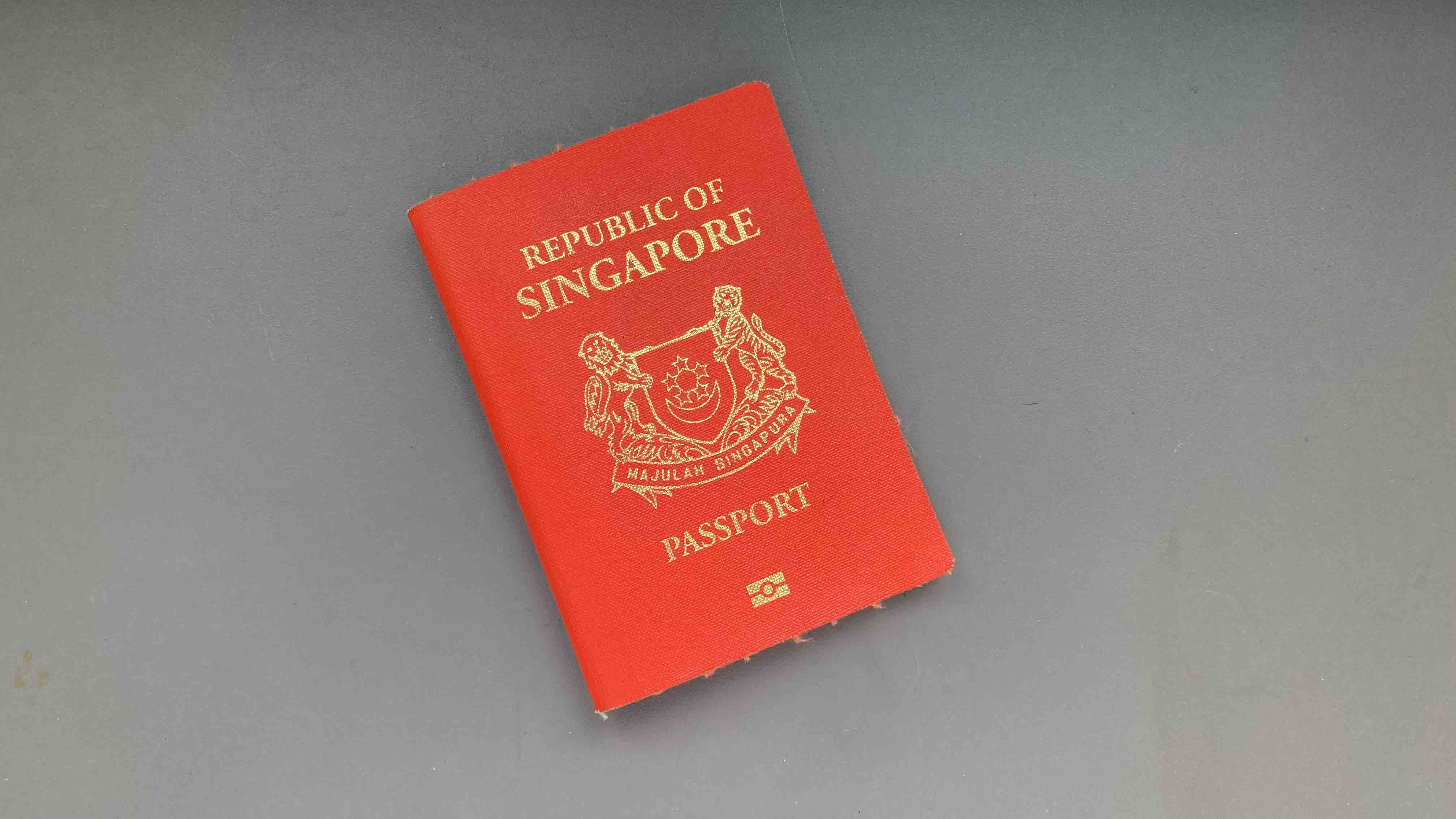
Singapore continues to lead the pack with its passport granting access to 193 destinations without requiring prior visas. The nation’s success stems from its strategic diplomatic initiatives and a stable economic environment, which have been pivotal in securing travel freedoms for its citizens. Singapore's Foreign Ministry has been proactive in fostering mutual visa waivers and strengthening diplomatic ties globally, allowing its citizens to enjoy seamless travel across continents.
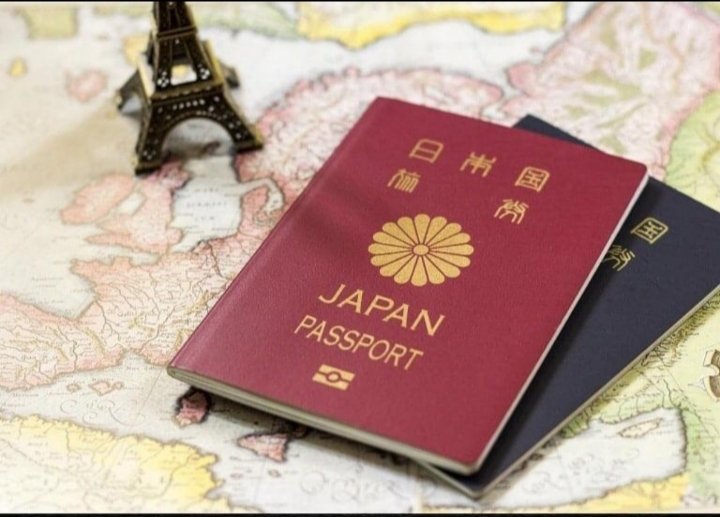
Japan shares the second position, offering visa-free or visa-on-arrival access to 190 destinations. The Japanese government actively pursues bilateral visa-waiver agreements, particularly focusing on Latin America and Southeast Asia to enhance travel mobility. In 2025, Japan expanded its agreements to include countries like Brazil and Vietnam, showcasing its commitment to increasing international connectivity. Japan’s passport is further strengthened by its low overstay rates and high document integrity.
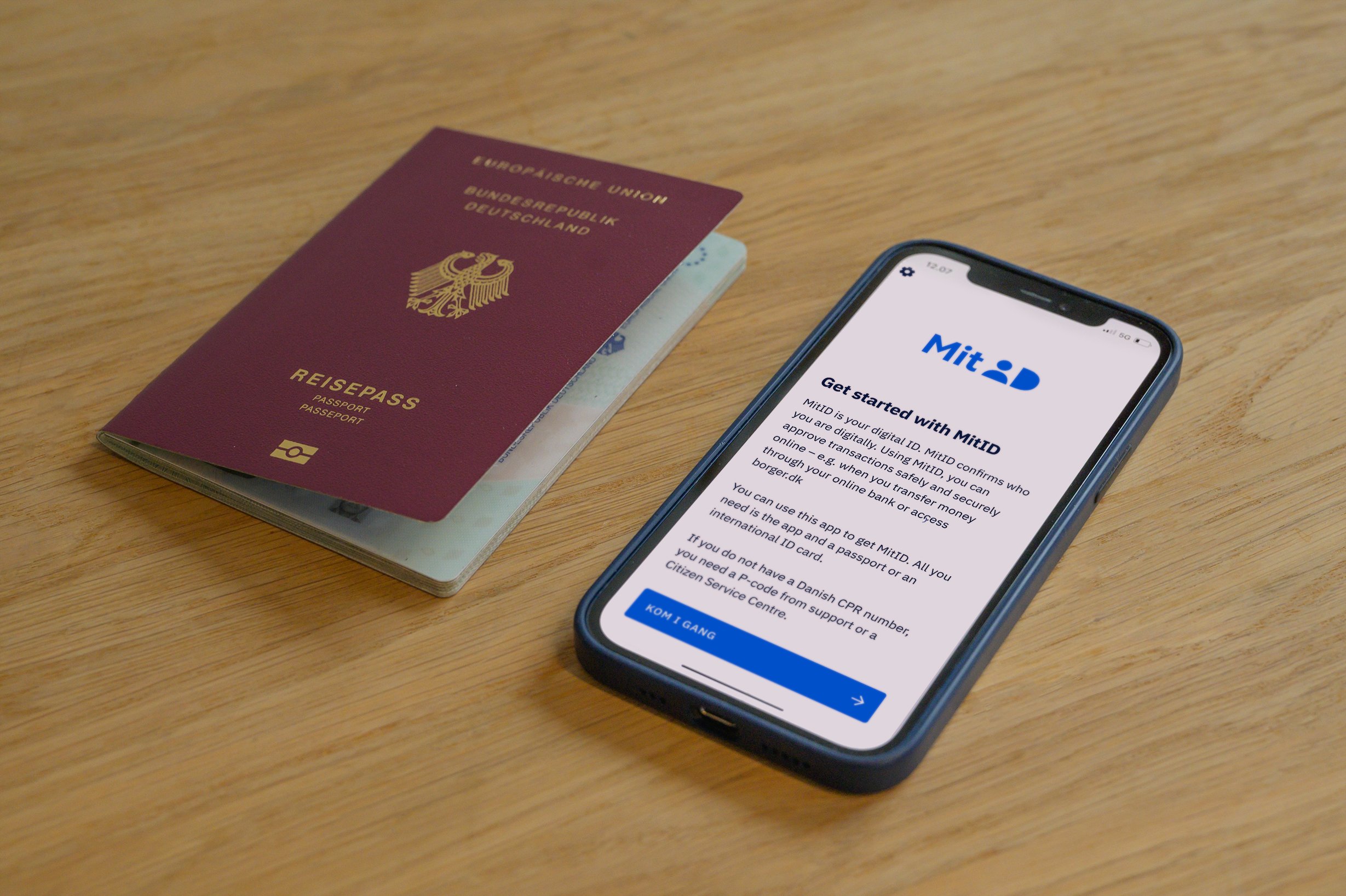
Denmark ranks third, allowing its citizens to travel to 189 destinations with ease. The Danish government's extensive network of over 60 reciprocal visa-exemption treaties, complemented by its Schengen membership, bolsters its passport's strength.
Denmark has recently signed new agreements with Caribbean nations and Central Asian states, enhancing travel opportunities for its citizens. The country’s robust governance and clear immigration policies are key factors in maintaining its strong mobility ranking.
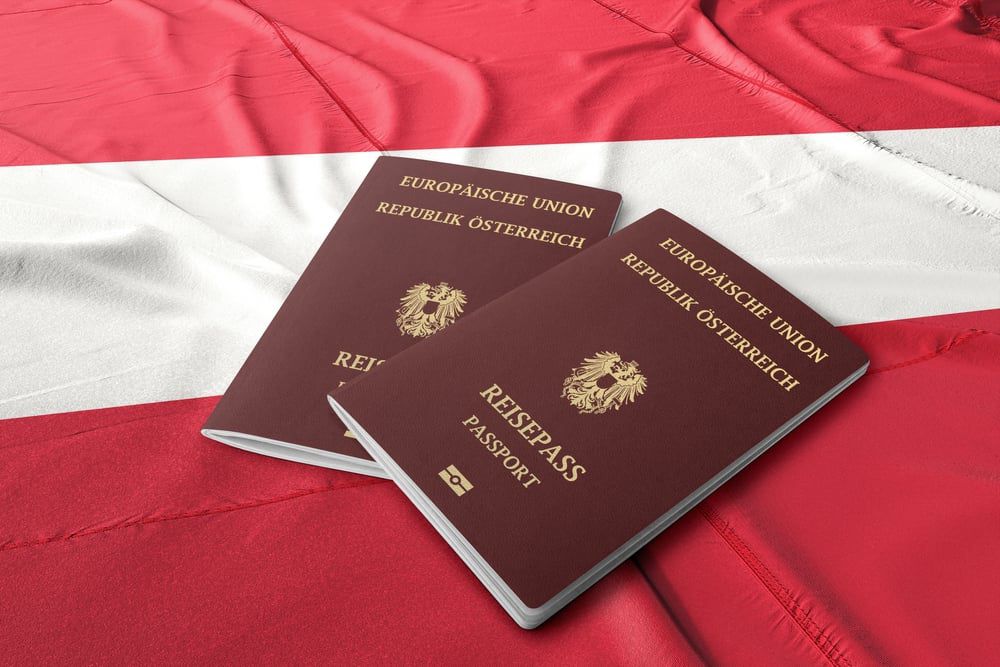
In fourth place, Austria provides access to 188 destinations. Utilizing its neutral stance in international diplomacy and active participation in the Schengen Zone, Austria negotiates favorable visa agreements, especially with countries in Africa and South America. The Austrian passport features advanced biometric security, and the country is known for its comprehensive diplomatic assistance, which helps its citizens navigate international travel with ease.
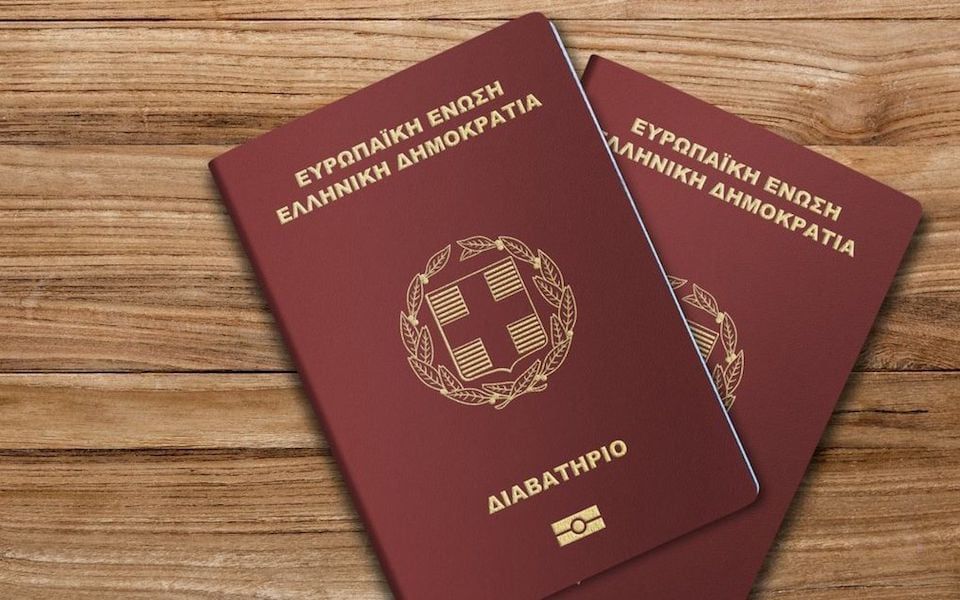
Greece holds the fifth spot, enabling its citizens to visit 187 destinations without pre-arrival visas. The country’s EU membership and its strategic Mediterranean location facilitate the expansion of visa-waiver agreements.
In 2025, Greece added new agreements with several Pacific and Central American nations to its portfolio. The Greek Tourism Organization works closely with the Foreign Ministry to promote these travel freedoms, leveraging Greece's cultural diplomacy to enhance global mobility.
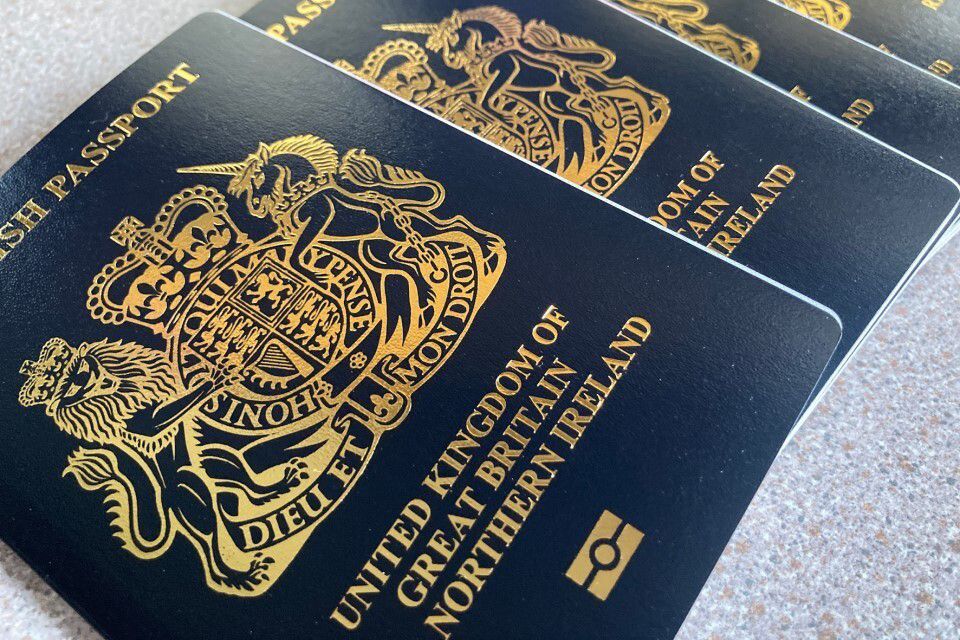
The United Kingdom ranks sixth, with access to 186 destinations without needing pre-departure visas. Despite the complexities following Brexit, the UK effectively utilizes its Commonwealth connections to maintain robust travel freedoms.
The Foreign, Commonwealth & Development Office (FCDO) is continually working on expanding reciprocal visa-waiver agreements, recently securing enhanced access for its citizens to Gulf Cooperation Council members, which has been vital for business and tourism.
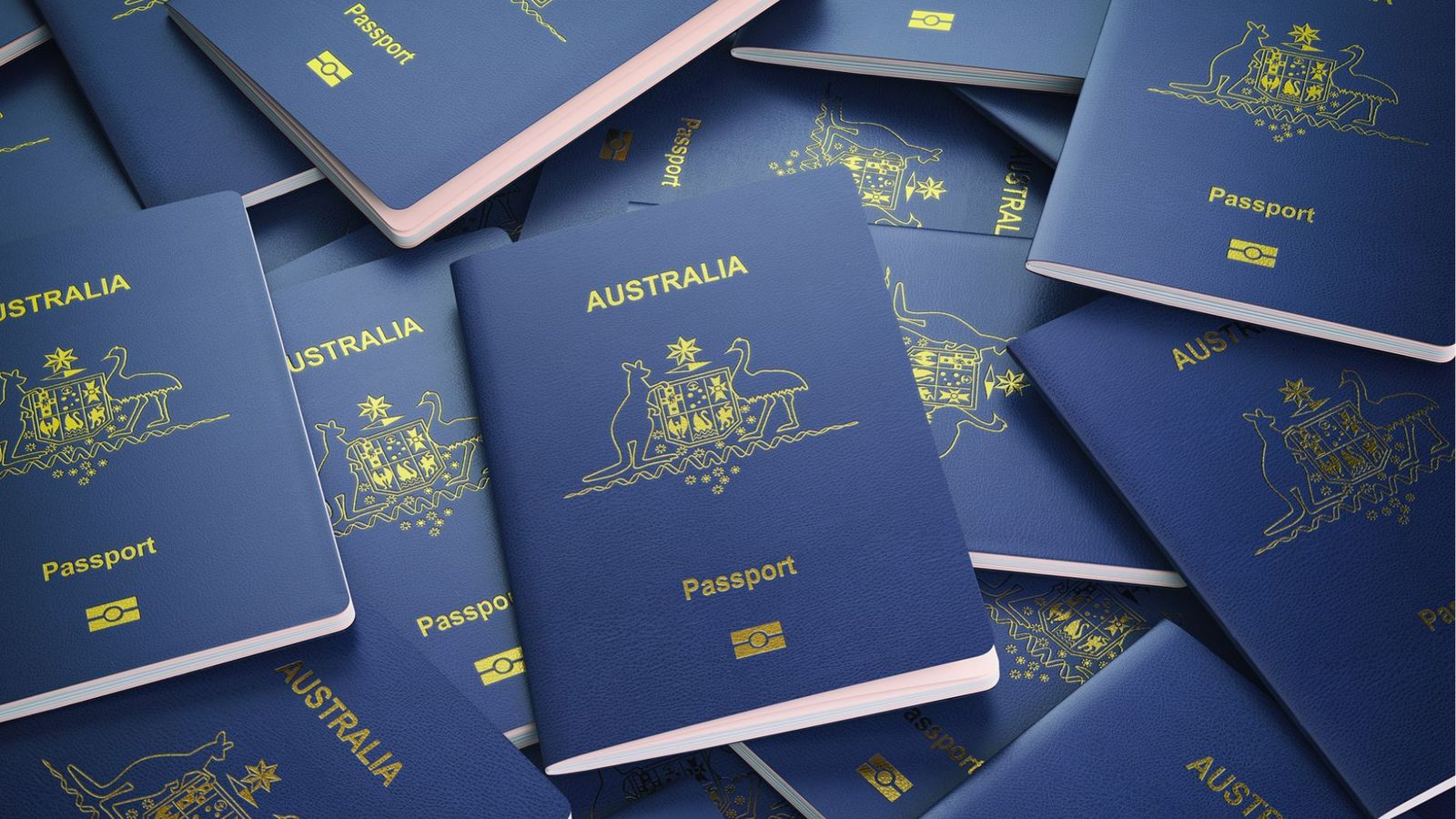
Australia comes in seventh place, offering access to 185 destinations. The Department of Foreign Affairs and Trade actively promotes travel through bilateral agreements and APEC Business Travel Cards, enhancing its citizens' mobility.
Australia’s image as an open, globally connected nation is reinforced through various tourism campaigns that highlight these travel freedoms. The country’s high passport security standards and low overstay rates further support its strong position in the rankings.
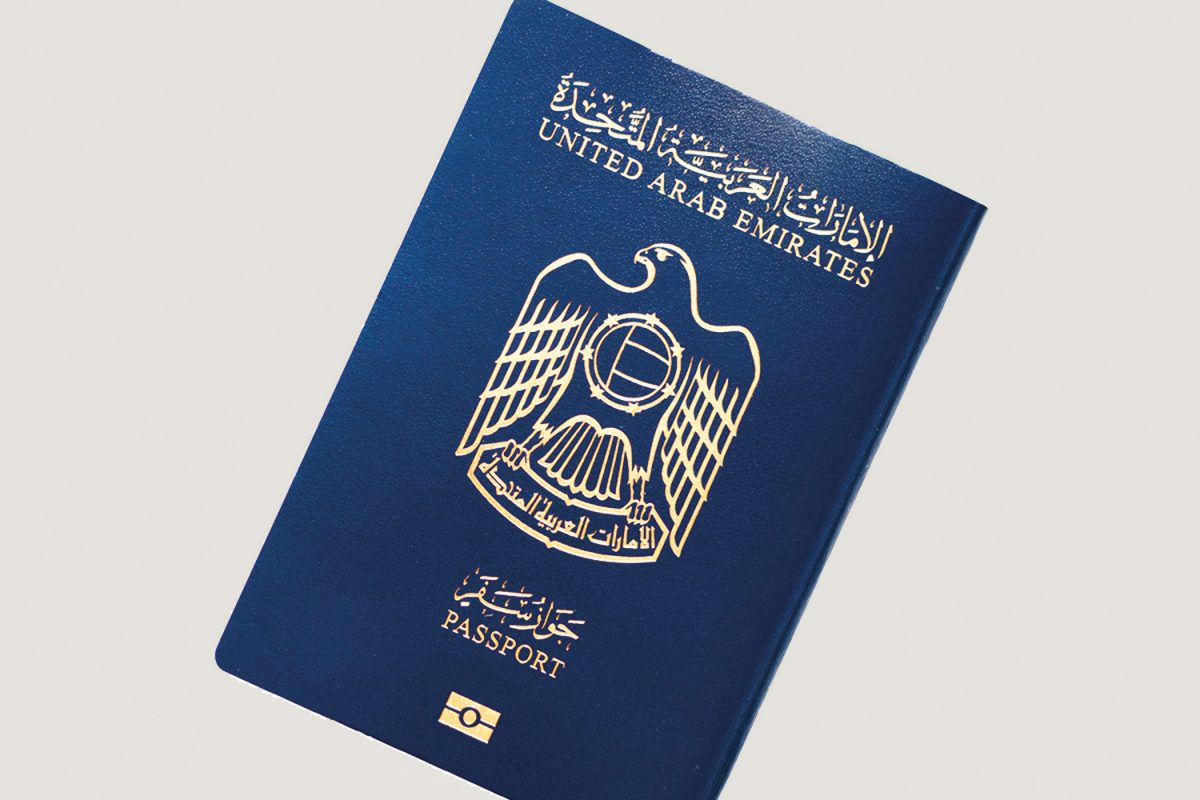
The UAE occupies eighth place, providing its citizens with access to 184 destinations visa-free or with on-arrival options. Since 2015, the UAE has secured over 40 new visa-waiver agreements, showcasing its commitment to expanding travel privileges. The UAE’s proactive diplomatic efforts have resulted in recent agreements with numerous African and Latin American countries, contributing to its rapid rise in the passport rankings.
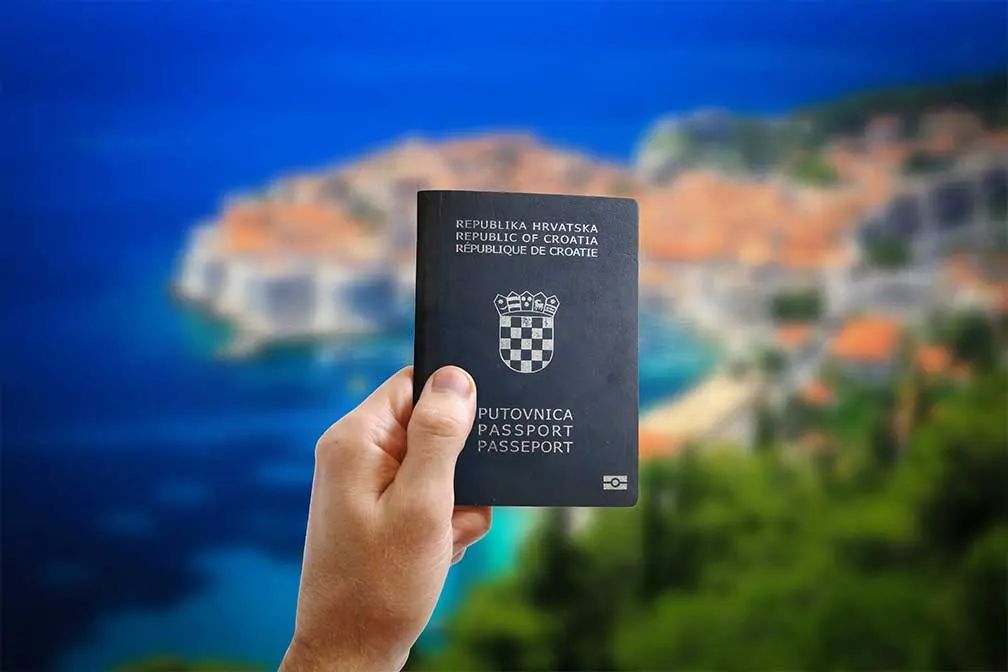
Croatia ranks ninth, allowing citizens to travel to 183 destinations easily. The country’s entry into the Schengen Zone in 2023 significantly improved its passport power by facilitating new visa-exemption agreements, particularly with Southeast Asian nations. The Croatian government actively promotes its tourism and cultural heritage, enhancing its diplomatic outreach and encouraging more bilateral agreements.
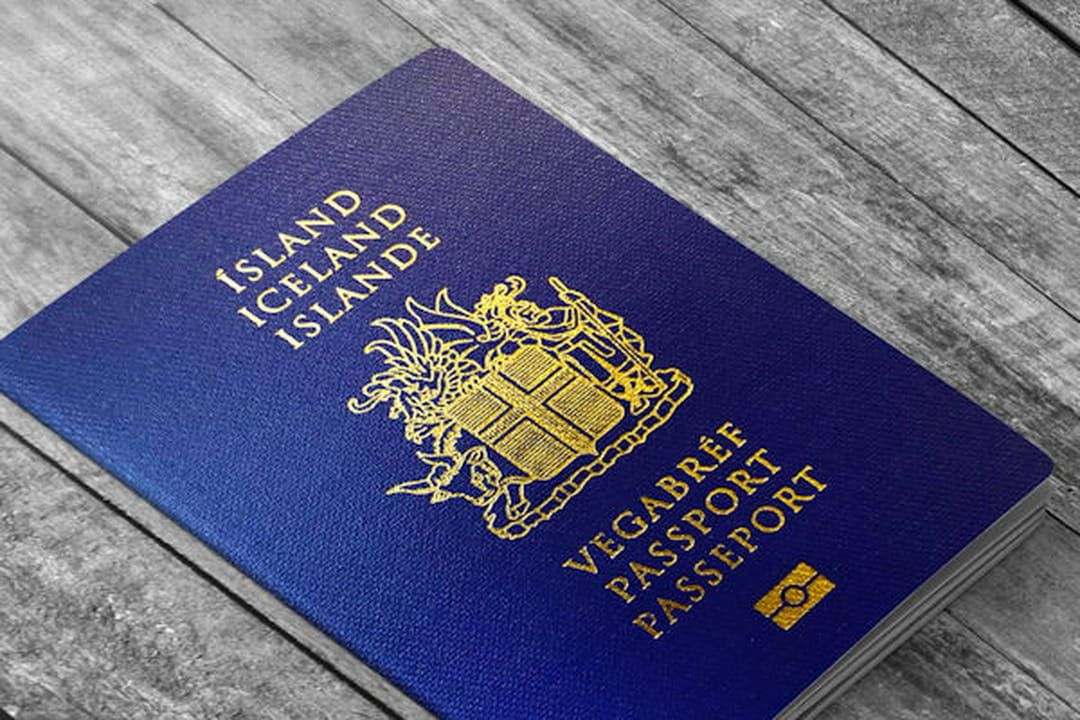
Rounding out the top ten, Iceland offers access to 182 destinations. As a member of the Schengen Area, Iceland benefits from enhanced mobility rights and actively negotiates additional bilateral agreements through the Ministry of Justice and the Interior. Iceland's reputation for political neutrality, along with its secure biometric passports, supports its strong global standing, making it a favorable passport for international travelers.
The Henley Passport Index is built on data sourced from IATA’s Timatic database, which compiles visa regulations from governmental and embassy announcements. The index evaluates only those destinations that permit visa-free entry or visa-on-arrival access, excluding electronic visas and pre-departure applications. This focus provides a clear snapshot of immediate travel freedom.
The 2025 rankings emphasize the critical role of diplomatic relationships, regional integration, and strategic outreach in shaping passport power. As global travel continues to rebound and evolve post-pandemic, these rankings serve as a vital benchmark for assessing the mobility opportunities available to citizens around the world.
The United States, while still within the top ten, has seen a decline in its ranking, marking its lowest position in two decades. This shift underscores the growing competition in passport strength and the need for ongoing diplomatic efforts to maintain travel freedoms.